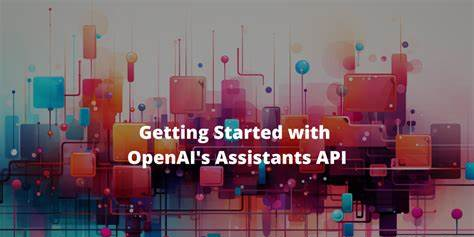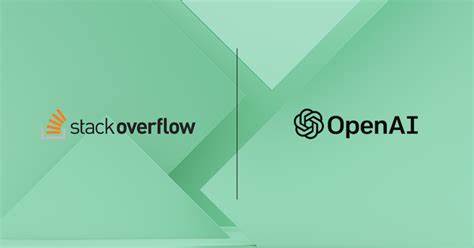Introduction
In recent years, artificial intelligence (AI) has significantly penetrated various fields, from healthcare, finance to transportation. The transformation isn’t accidental but a result of deliberate efforts to leverage AI’s power to streamline operations, enhance efficiency, and deliver superior experiences. Among the many areas experiencing AI’s disruptive wave is user interface (UI) design. The integration of AI in UI design is not just a hot topic among designers and developers but a reality shaping the design landscape.
The fusion of AI and UI design promises immense potential benefits. From augmenting user experiences to improving efficiency in design processes, AI is set to revolutionize the design realm. This article explores the intersection of AI and UI design and delves into the potential impacts this integration has on the field.
AI and UI Design: A New Dawn
The use of AI in UI design is a game-changing development. It marks the start of a new era where technology and creativity intertwine to create user interfaces that not only appeal to the eye but are also intelligent and adaptive. The incorporation of AI in UI design brings a paradigm shift in how designers approach their work, and the value users get from their interactions with digital platforms.
AI-powered design tools now help designers automate repetitive tasks, freeing their time to focus on creating unique, innovative designs. Meanwhile, AI-driven UIs can adapt to user behavior, providing personalized experiences that meet individual user needs. The dawn of AI in UI design is indeed a significant milestone in the design industry, marking the onset of intelligent, user-centric designs that redefine user experiences.
The Role of AI in UI Design
AI’s role in UI design is multifaceted, spanning across the entire design process. Here are some ways AI is changing the UI design landscape:
- Automating Repetitive Design Tasks: In UI design, certain tasks are repetitive and time-consuming. AI can automate these tasks, enabling designers to concentrate on more strategic, creative aspects of the design process.
- Predictive Design: With AI, designers can predict user behavior and preferences to create more engaging and intuitive interfaces. AI algorithms can analyze user data to predict future actions, allowing designers to preemptively address user needs.
- Personalization: AI allows for the customization of UIs based on individual user behaviors and preferences. This level of personalization leads to more satisfying and effective user experiences.
- Enhanced User Interactions: AI can enhance user interaction with interfaces through voice recognition, chatbots, and virtual assistants, making interfaces more accessible and easier to use.
AI in UI Design: Real-world Examples
AI’s incorporation in UI design is not a future prediction—it’s happening now. Here are a few real-world examples of how AI is revolutionizing UI design:
- Netflix: Netflix’s recommendation system is a perfect example of AI in action. The platform uses AI to analyze user behavior and preferences, providing personalized recommendations for shows and movies.
- Spotify: Spotify uses AI to personalize user experiences, delivering song and playlist recommendations based on listening habits.
- Adobe Sensei: Adobe’s AI and machine learning platform, Sensei, powers features like auto-tagging and advanced image search in Adobe Stock, making it easier for designers to find the assets they need.
- Grammarly: Grammarly uses AI to provide real-time grammar, punctuation, and spell-checking as users type, making writing easier and more efficient.
Conclusion
The intersection of AI and UI design is a thrilling development in the design industry. By automating repetitive tasks, predicting user behavior, personalizing interfaces, and making sure interfaces are accessible to all.
Despite the potential advantages, it’s important to remember that AI is a tool, and like any tool, it’s only as good as the person using it. It’s crucial that designers understand the capabilities and limitations of AI and use it responsibly.
Additionally, privacy and ethical considerations are paramount when integrating AI into UI design. It’s crucial to ensure that user data is handled securely and ethically and that AI is used to enhance, not infringe upon, user privacy.
In conclusion, the integration of AI into UI design has the potential to revolutionize the field, providing numerous benefits for both designers and users. However, it’s not a magic bullet, and its successful implementation requires careful consideration, responsible use, and continuous learning. The future is exciting, and with AI at our fingertips, the sky’s the limit for what we can achieve in UI design.
The integration of AI in UI design is a dynamic and rapidly evolving field, and the possibilities for future advancements are limitless. As designers, developers, and users, we must stay informed and adaptable to these changes to harness the full potential of AI in creating intuitive, efficient, and engaging user interfaces. The future of UI design is here, and it’s powered by AI.


